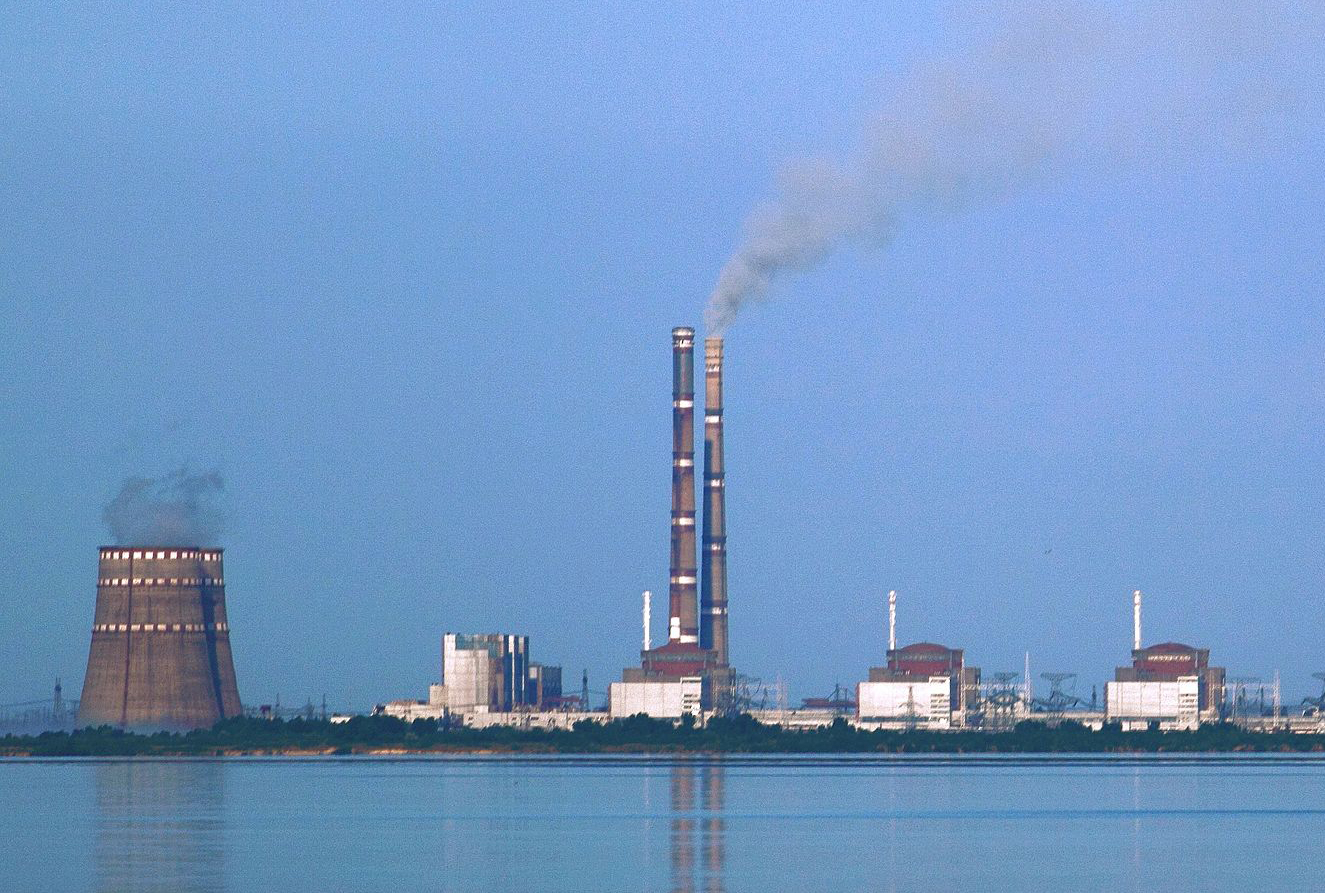- Last night, after shelling by Russian forces, a fire broke out at the Zaporizhzhia nuclear power station, the largest in Europe, and supplies more than 20% of Ukraine’s electricity.
- While the fire was isolated to a training area, firefighters were able to contain the fire before it spread to the nuclear reactors and there were no signs of radiation leaks.
- While the staff is still running the plant operations, Russian forces now control the facility.
- While this incident could have been much worse, NATO is still rejecting the concept of a “no-fly zone” over Ukraine for fear of a broader conflict.
- British Prime Minister Boris Johnson said he will seek an emergency U.N. Security Council meeting.
- Currently, Kyiv is still under siege and Kharkiv is under heavy aerial bombardment.
- Russian forces have taken Kherson and are moving toward Mykolaiv in an effort to take control of the Black Sea coast and potentially cut Ukraine off from international shipping.
- Russian forces are also preparing for an amphibious assault as part of a plan to attack Odessa.
- Secretary of State Antony Blinken will be in Europe for the next week, traveling to Poland, Moldova, Latvia, Lithuania, and Estonia to assure allies of U.S. support.
Why it Matters:
“My view on the attack is that it was to control the nuclear power infrastructure. I believe what we saw was ill-disciplined fire by Russian soldiers and leaders who don’t understand the construction of the plants nor what the outcome could be. A nuclear radiation release from a melt down or core breach would be much longer lasting than the fallout from a surface blast. Until you shut down the reactors in a breach or melt down, the release continues and rides the wind as already indicated. I think Peter’s assessment in today’s T-report is accurate, food and fuel revenue will be what increases pain for the Russian people, but what would it take for them to rise up (against Putin)? Not there yet from news reporting in Moscow.” – General Frank Kearney


